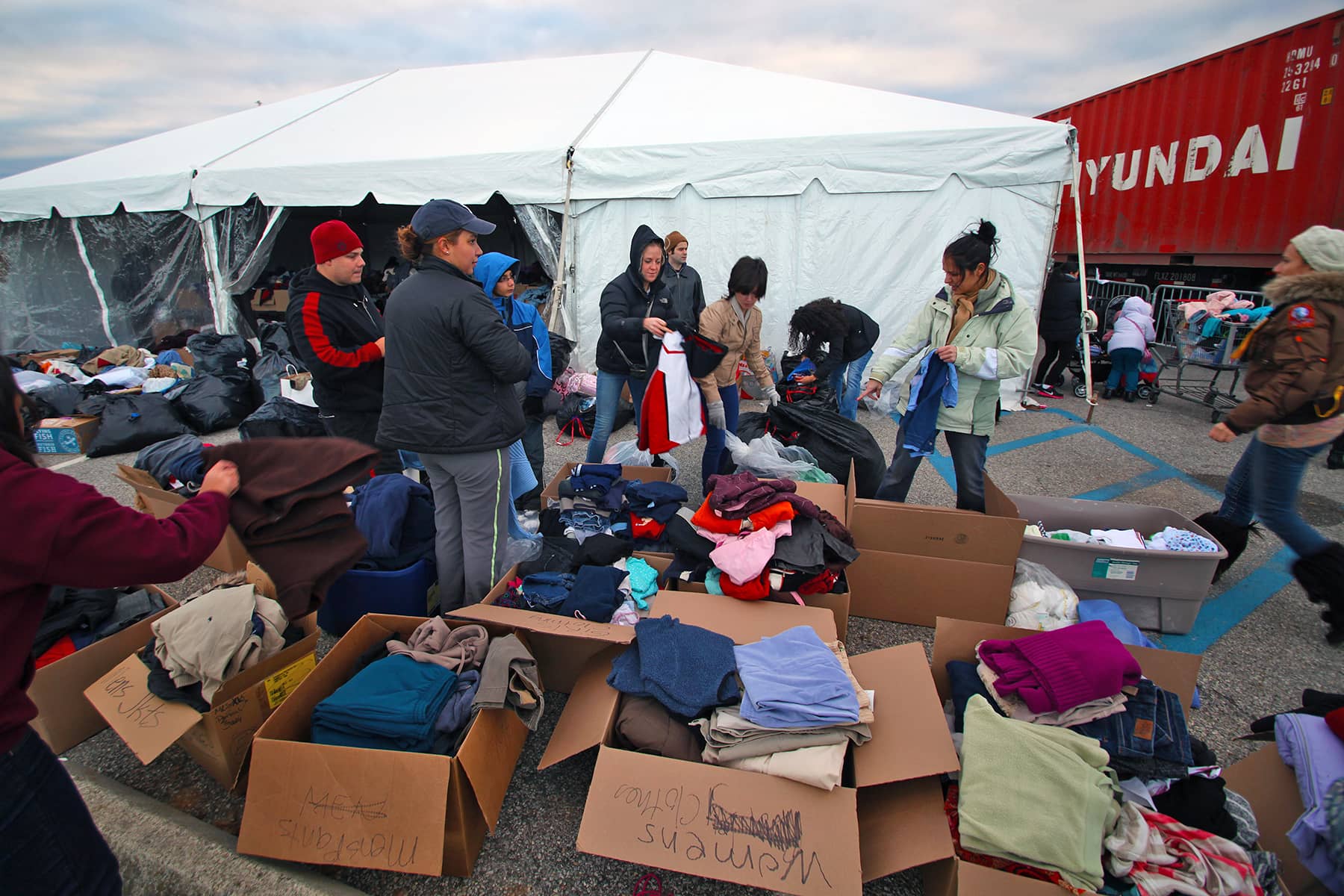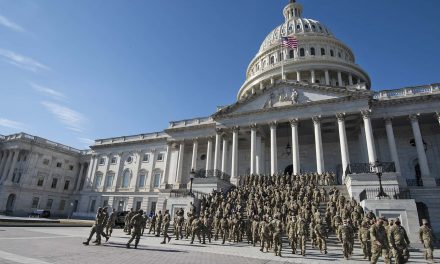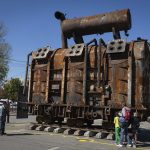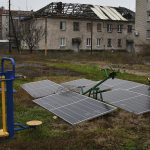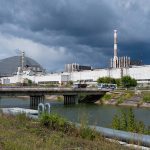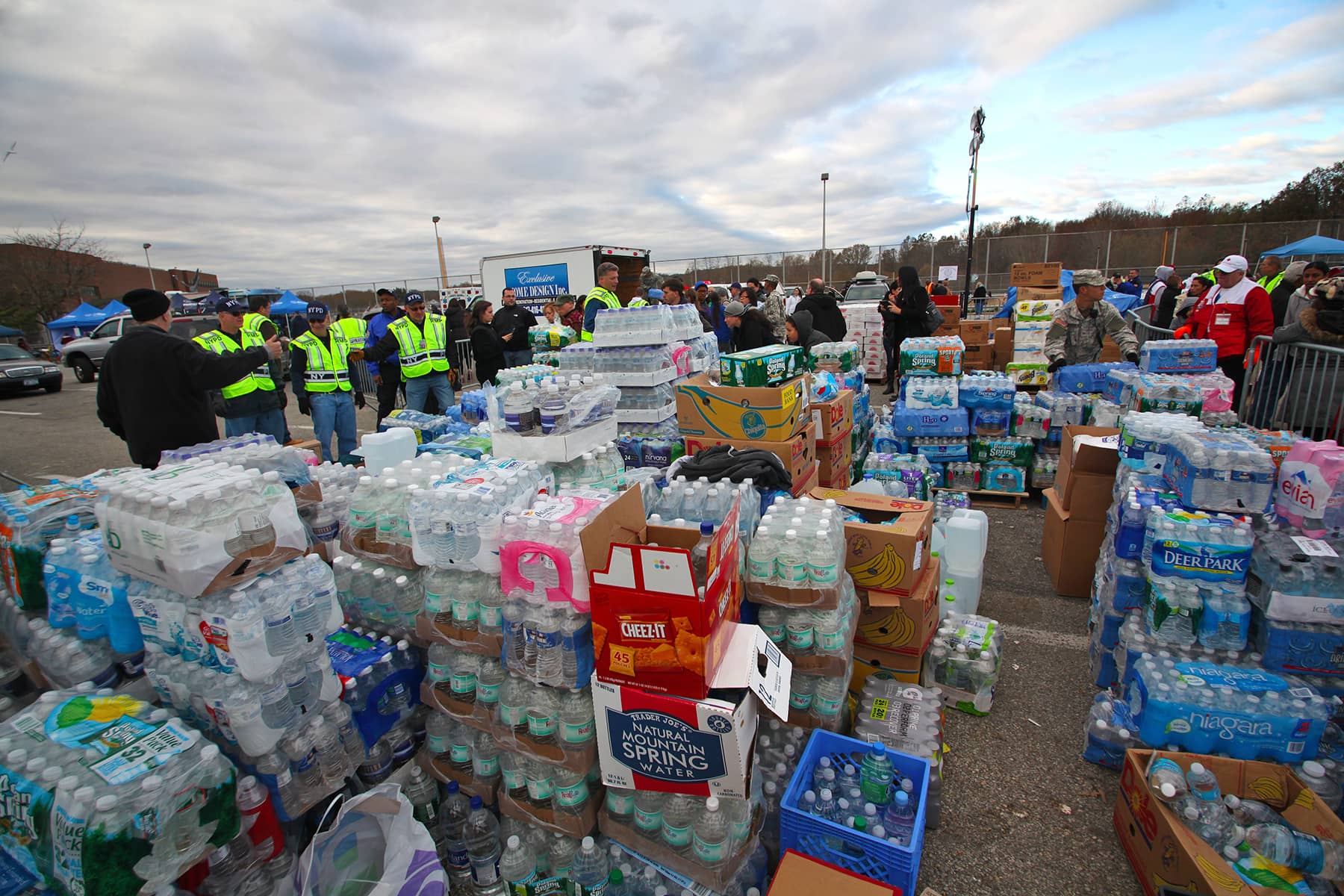
By Joy Semien, Research Assistant at the Hazard Reduction and Recovery Center, Texas A&M University
When hurricanes, floods and other kinds of disasters throttle a community, people from all over often rush to give those in need money, bottled water, diapers and all sorts of goods.
These donations often land at the doorsteps of local nonprofits that are then tasked with distributing them. But while these groups help their communities recuperate, they have to get back on their feet too and can falter if they don’t get what they need.
As an urban planning researcher who focuses on disaster recovery, I have seen that this process is usually long and difficult for local nonprofits due to their competing responsibilities. Nonprofits must juggle obligations to serve their communities in new ways while still maintaining their usual operations and rebuilding their own facilities.
Pivoting after Hurricane Harvey
I led a research project with other scholars for my dissertation about how nonprofits and small businesses fared in Southeast Texas after Hurricane Harvey. The Category 4 hurricane initially made landfall along the Gulf Coast near Rockport, Texas, in August 2017. The storm dumped more than 30 trillion gallons of rainwater over a six-day period. The equivalent of a year’s worth of rain fell in much of the region in less than a week.
The floodwaters damaged or destroyed thousands of homes, businesses, churches and buildings used by other nonprofits. Authorities estimate that Harvey caused more than 60 deaths and some US$125 billion in economic damage.
We interviewed the directors of 30 nonprofits located in Beaumont and Port Arthur, two small Southeast Texas cities, to understand the challenges they experienced as they helped their communities while rebuilding their own operations. The nonprofits included churches and other faith-based institutions, health care providers, private schools and providers of other educational services.
We encountered church staff who had rescued people, and nonprofits, including health care organizations, social service groups and private schools, that essentially became relief groups by giving away water, clothes and other essential items to those in need.
My research team and I learned that the 30 heavy-lifting nonprofits we studied played an important role in helping their communities recover – regardless of their usual work and mission.
Role of leadership
In some cases, whether an organization could thrive after Hurricane Harvey was also influenced by who was leading it.
A total of 21 of the nonprofits had leaders who were women, veterans, racial minorities or had more than one of those characteristics. These organizations reported higher levels of damage, longer disruptions of their power, water and telephone access, and slower recovery of operations compared with the other nine organizations, all of which were led by white men.
This disparity echoed other findings that groups led by women, veterans and people of color often get less funding.
The local nonprofits in these small cities that tended to fare best throughout the recovery process were those that received support from larger nonprofits in neighboring cities; groups with ample savings, donations, staff and volunteers; and those with access to disaster recovery information and cleaning supplies.
Serving many roles in their communities
While even the smallest nonprofits generally do serve multiple roles, they often acquire new responsibilities after disasters. We found that 12 of the 30 nonprofits found themselves offering new services after Hurricane Harvey.
For example, several churches that primarily held religious services for small groups of congregants became distribution centers serving the entire community – including people with other faith traditions. These churches distributed food, diapers, clothes, gift cards and cleaning supplies.
Close ties with their communities equipped the local nonprofits we studied to pitch in after Harvey by becoming distribution sites. Some of the organizations identified families that were in need but may not have wanted to collect supplies from a public distribution site.
Some of these nonprofits helped emergency responders quickly locate and identify people who had preexisting conditions that had prevented their evacuation.
Several of the groups also used their connections with bilingual neighbors to help the responders convey important information in languages like Spanish and Vietnamese to help local residents who hadn’t mastered English obtain trustworthy information.
Survival and recovery
As these nonprofits supported the local community, they themselves had to deal with their own hardships caused by Hurricane Harvey. We found that nearly half needed to repair or replace offices, entire buildings, inventory, machinery or other items.
Many had to find a new place to operate or replace damaged equipment. Several said they lost staff and volunteers who moved away, changed jobs or even died as a result of the storm. Those disruptions interfered with their ability to keep up the services they usually provide and to sustain the new operations their post-Harvey reality required.
Being forced to make do with less money and fewer staff members and volunteers dragged out the recovery process. A year after the storm, all 30 of the nonprofits were still operating, but 24 of them hadn’t fully resumed all of their pre-Harvey operations and programming or completed repairs to their damaged buildings.
More recent data I have collected indicates that many of the 30 nonprofits still had not fully recovered by 2022 – five years after Hurricane Harvey.
Impact of disasters on nonprofits
Other researchers have observed that donations to local nonprofits increase immediately after disasters. But those funds dramatically decrease after the initial response and rescue phase. Those local nonprofits are then left to fend for themselves as they manage their own recovery.
Many of the organizations we studied said they needed more funding after Harvey to continue providing their usual services while also taking on local disaster recovery efforts. Most, even if they got new funding, couldn’t use it to quickly bounce back.
It is important to acknowledge that this small data set, taken from two small communities in Texas a year after Hurricane Harvey made landfall, isn’t necessarily representative of what always happens to local nonprofits after a disaster.
However, my findings are in line with previous research about what happens to nonprofits after a disaster: It deprives their communities of much-needed support.
A. Katz
Originally published on The Conversation as Local nonprofits play a key role in recovery from disasters – while also having to get back on their own feet
Support evidence-based journalism with a tax-deductible donation today, make a contribution to The Conversation.

